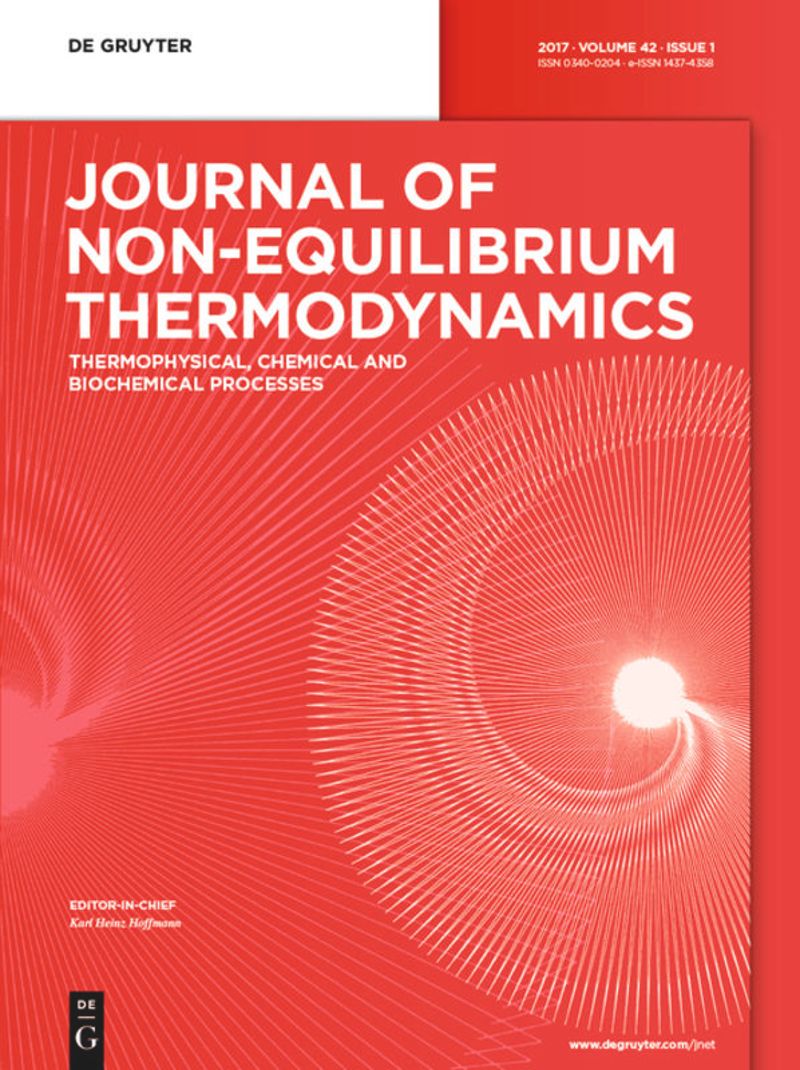微通道两相流的数值与实验传热分析及散热相关性研究
IF 4.2
3区 工程技术
Q1 MECHANICS
引用次数: 0
摘要
当前工业中电子器件的小型化趋势广泛增加了对有效散热的需求,从而加剧了对高性能散热器件的需求。解决这一挑战的一个很有希望的方法是在微通道(MCs)中使用单相(SP)、两相(TP)和超临界流体。两相冷却仅适用于尖端温度高到足以使冷却流体转化为两相状态的那些装置。在所有其他情况下,只能使用单相冷却。本文以水为工作流体,对电子器件的热传导行为和热传导散热进行了数值和实验研究。基于守恒方程建立了流动沸腾换热的数值模型,并对模型进行了求解,以确定MC中存在单相区和两相区,并研究了不同加热功率下沿其长度方向的压力变化。此外,我们还在SP和TP条件下进行了实验,观察了流动形式的性质以及各种参数对MCs有效散热和温度分布的影响。数值计算结果与实验结果吻合较好。为了将电子器件温度保持在40°C以下,我们还进行了一些实验,以建立质量流量与热功率之间的经验相关性。在6 W、8 W和10 W三种不同的热功率下,实验验证了所建立的相关性。本文章由计算机程序翻译,如有差异,请以英文原文为准。
Numerical and experimental heat transfer analysis of two-phase flow through microchannel for development of heat dissipation correlation
The current trend of reducing the size of electronic devices in the industry has extensively increased the demand for effective heat dissipation, thereby intensifying the need for high-performance heat-dissipating devices. A promising approach to solve this challenge is the use of single-phase (SP), two-phase (TP), and supercritical fluids in micro-channels (MCs). Two-phase cooling is applicable only to those devices in which the tip temperature is high enough to allow the cooling fluid to convert into a two-phase state. In all other cases, only single-phase cooling can be utilized. In this work, numerical and experimental investigations on MC have been performed using water as the working fluid to predict TP behavior and heat dissipation from electronic devices using SP and TP flow. A numerical model of flow boiling heat transfer was developed based on conservation equations, which is solved to identify the existence of single and two-phase regions in the MC and to study the variation of pressure along its length at different heating powers. Further, experiments were performed in both SP and TP conditions to observe the nature of flow regimes and the impact of various parameters on effective heat dissipation through MCs well as temperature distribution. Numerical results were validated with experimental results, which showed good agreement. Several experiments were also carried out to develop an empirical correlation between mass flow rate and heat power to maintain the electronic device temperature below 40 °C. The developed correlation is experimentally validated at three different heat powers 6 W, 8 W and 10 W.
求助全文
通过发布文献求助,成功后即可免费获取论文全文。
去求助
来源期刊
CiteScore
9.10
自引率
18.20%
发文量
31
审稿时长
1 months
期刊介绍:
The Journal of Non-Equilibrium Thermodynamics serves as an international publication organ for new ideas, insights and results on non-equilibrium phenomena in science, engineering and related natural systems. The central aim of the journal is to provide a bridge between science and engineering and to promote scientific exchange on a) newly observed non-equilibrium phenomena, b) analytic or numeric modeling for their interpretation, c) vanguard methods to describe non-equilibrium phenomena.
Contributions should – among others – present novel approaches to analyzing, modeling and optimizing processes of engineering relevance such as transport processes of mass, momentum and energy, separation of fluid phases, reproduction of living cells, or energy conversion. The journal is particularly interested in contributions which add to the basic understanding of non-equilibrium phenomena in science and engineering, with systems of interest ranging from the macro- to the nano-level.
The Journal of Non-Equilibrium Thermodynamics has recently expanded its scope to place new emphasis on theoretical and experimental investigations of non-equilibrium phenomena in thermophysical, chemical, biochemical and abstract model systems of engineering relevance. We are therefore pleased to invite submissions which present newly observed non-equilibrium phenomena, analytic or fuzzy models for their interpretation, or new methods for their description.

 求助内容:
求助内容: 应助结果提醒方式:
应助结果提醒方式:


